The seaway to India, discovered by Vasco da Gama, on stamps
(Images and text © Bjoern Moritz, all rights reserved).
1431/32: Gonçalo Velho Cabral discovered the island of Azores.
1482: Diogo Cão reached the river Congo.
1487: Bartolomeu Dias rounded the Cape of Good Hope, until then the Cape of Storms, sailed for 400 miles to the east, but a mutiny forced him to return.
8th July, 1497: Vasco da Gama started his historic voyage with a fleet of four ships.
20th May, 1498: Vasco da Gama reached Calicut (India).
«The Fleet: Vasco da Gama's ship was the «São Gabriel», of 178 tons, 27 meters long, breadth of 8.5 meters, draught of 2.3 meters, sails with 372 squaremeters, and a crew of 150 people. «São Raphael» had nearly the same size, the caravel «Berrio» was a little smaller. These three ships were accompanied by a small supply ship for stores and food. During the voyage many seamen died of scurvy. On November 22th, 1497 the fleet passed the Cape of Good Hope and reached Mosselbay. Here Vasco da Gama ordered a stop for a complex overhaul of the ships. Along the eastcoast of Africa they sailed to Mombassa and Malinde. During this part the «São Raphael» run ashore, but at Malinde they were able to hire a pilot. On May 20th, 1498 the fleet reached the indian port of Calicut. The task was done. The seaway to India was discovered (the merchant trade from Europe to Arabia was in use a long time before in that region).
Vasco da Gama had severe problems selling his articles. After long discussions and negotiations he forced the Indians to supply the needed spice by taking some hostages. On October 8th, 1498 he started homebound with two ships
The homebound voyage was terrible. The crew had to fight with scurvy and heavy storms again. After rounding the Cape of Good Hope the two ships became seperated. The «Berrioh» reached Lisboa in July of 1499. The damaged «São Gabriel» limped to the Cape Verde Islands, where Vasco da Gama chartered a caravel and returned via the Azores to Lisboa. The trade company of Lisboa sold the spice with high profit and the voyage became a great financial success.
The second Portuguese India expedition led Pedro Álvares Cabral, who discovered Brazil on this occasion in the year 1500. In 1501 Joao da Nova was the commander of the third voyage with four ships. The fourth voyage 1502 was again under the command of Vasco da Gama, after he had protested at king Manuel I against a renewed appointment Cabrals to the commander in chief of the fleet. This time he started the voyage with 21 heavily armed ships.
The appearance of the Portuguese in the Indian ocean and their attack on the trade monopoly of Arab and Indian dealers led quite fast to a latent state of war. 1502 immediately after his arrival in Indian seas before Calicut, Vasco had to fight a sea battle with 15 own ships against a fleet of more than 100 Indian and Arab, mostly smaller ships. The Portuguese could destroy the opposing fleet nearly completely. And the Portuguese had success to break the resitance against them by negotiations, using rivalries under the Indian princes and inconsiderate use of force.
Vasco Gama strengthened Portugal position at the Indian Malabar coast. 1503 or 1504 he returned to Portugal. From now on he lived ashore. But in the course of time mismanagement and corruption spread in India. 1524 Vasco Gama was appointed to a vice king of India and sent again there. He had to do many preventive measures and to reorganize the civil administration and the military structure. Thus he exchanged nearly all commanders of the Portuguese attachments in India. But Vasco Gama became ill. He died only three months after his arrival at 24th December 1524 at Cochin.»



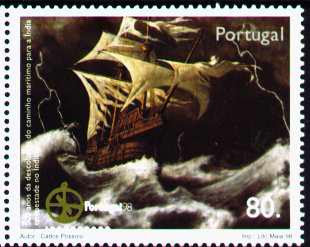







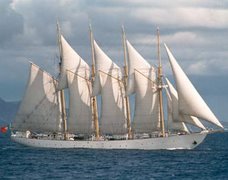

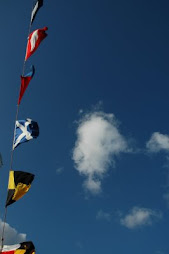






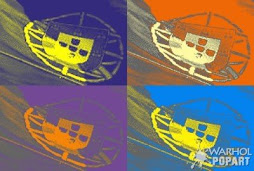
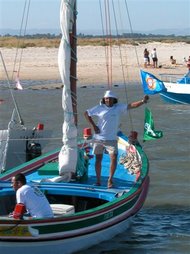

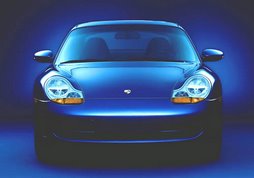

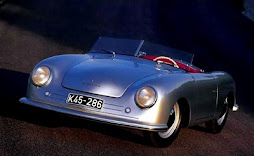

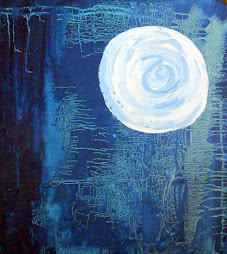

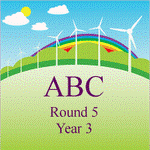


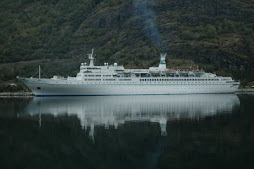





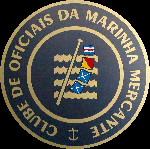

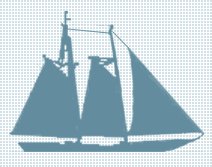
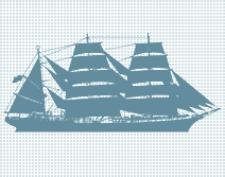
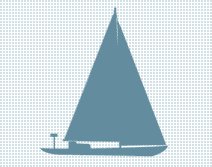

1 comment:
Awesome post with great history!! So important for Portugal ... you've done your country a service with this reminder!!
Post a Comment